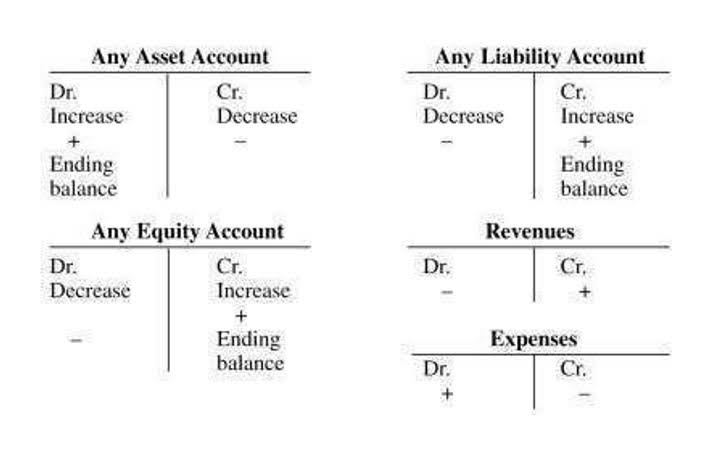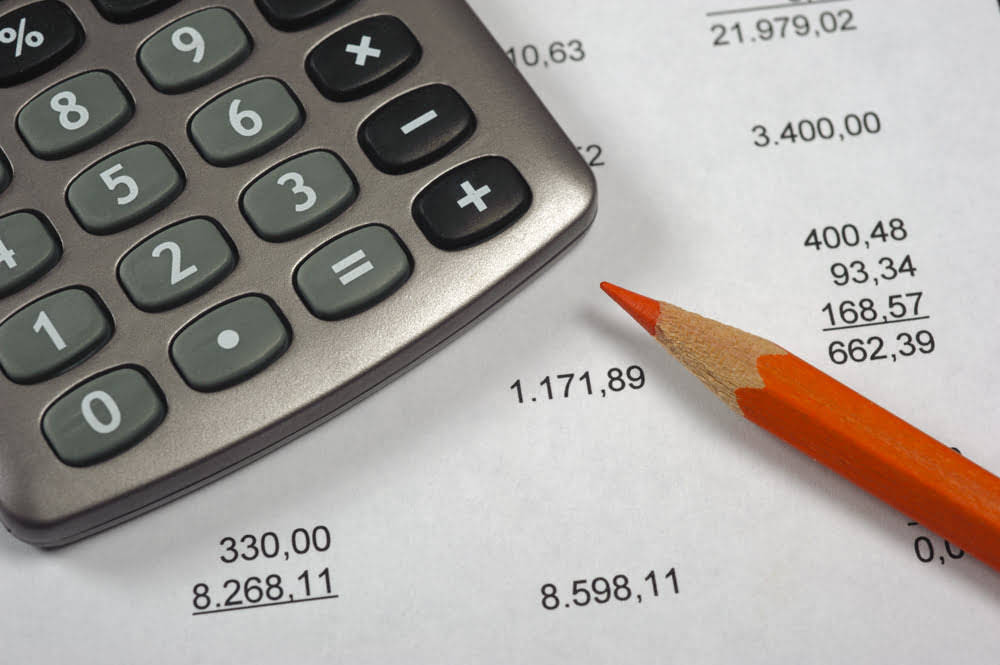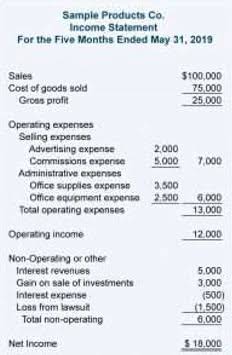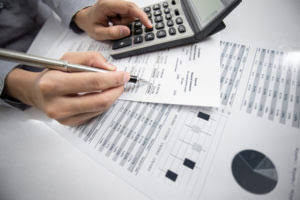
This accelerated approach better matches the real-world decline in an asset’s value, especially for items that lose their utility faster. This method is another form of accelerated depreciation but less aggressive than DDB. It’s based on a formula that depreciates more in the early years and less as time goes on, though not as steeply as DDB does.

Account Receivable

The maintenance costs would be deducted from the organization’s reported benefits. In this way, an organization can allocate reduced depreciation in later years. The double declining balance strategizes depreciation costs in a declining format in later years. Doing so helps to counterbalance the expanded maintenance costs with fewer depreciation costs. Although both DDB and declining depreciation are considered accelerated methods; however, double declining balance uses a depreciation rate that is twice that in unearned revenue the simple declining depreciation.
Double-declining balance depreciation method: Definition, benefits, and accounting basics
- In the last year, ignore the formula and take the amount of depreciation needed to have an ending Net Book Value equal to the Salvage Value.
- Using the rate from the calculation above, the declining balance depreciation for each of the 4 years is as follows.
- The essence of DDB lies in this acknowledgment, setting it apart from linear depreciation methods and tailoring depreciation to match an asset’s real-world wear and tear more closely.
- Accrual accounting requires a business to coordinate with the costs it attracts with the incomes it creates through each accounting term.
- Among the myriad ways to calculate this decline, the Double Declining Balance Method (DDB) uniquely offers an accelerated depreciation schedule.
- Depreciation, the methodical reduction in the recorded cost of a tangible asset, is central in this management.
Adjusting an asset’s book value each period ensures financial records reflect current valuations. This involves recalibrating the book value based on depreciation, market changes, or impairments. Adhering to standards like Generally Accepted Accounting Principles (GAAP) or International Financial Reporting Standards (IFRS) is critical for consistency and transparency.
- This method of measuring the decreased value of the asset in the useful years is called depreciation.
- The depreciation rate can vary based on the different types of fixed assets.
- What makes DDB unique is that the depreciation is recalculated annually, based on the remaining book value, not the original cost.
- Various software tools and online calculators can simplify the process of calculating DDB depreciation.
- Today we’ll explain how the DDB method works, compare it to other common depreciation methods, and get into its implications for your business’s financial management.
- With 7 AI patents, 20+ use cases, FreedaGPT, and LiveCube, it simplifies complex analysis through intuitive prompts.
Tax filing
A variation on this method is the 150% declining balance method, which substitutes 1.5 for the 2.0 figure used in the calculation. The 150% method does not result in as rapid a rate of depreciation at the double declining method. By correctly calculating the depreciation each year, accountants can accurately reflect the diminishing value of an asset on the company’s financial statements. Leveraging AI in accounting allows businesses to focus on strategic decision-making, reduce errors, and enhance overall financial management. By integrating AI, companies can ensure precise and efficient handling of their asset depreciation, ultimately improving their financial operations. To illustrate the double declining balance method in action, let’s use the example of a car leased by a company for its sales team.
Financial Consolidation & Reporting

On the other hand, with the double declining balance depreciation method, you write off a large depreciation expense in the early years, right after you’ve purchased an asset, and less each year after that. Of course, the pace at which the depreciation expense is recognized under accelerated depreciation methods declines over time. All assets decline in value over time and may need considerable amount of maintenance costs to keep assets in a fair use in later years. Any additional maintenance costs would be what is the double declining balance method deductions from a company’s reported profits. Therefore, a company may want to allocate as little depreciation expenses as possible in later years so that it would not add more cost deductions to reduce reported profits.
This is greater than the $4,600 in depreciation expense annually under straight-line depreciation. Also, this yearly rate of depreciation is usually in line with the industry average. The Double Declining Balance (DDB) method is an accelerated depreciation technique that allows faster write-off of assets in their initial, more productive years. It can lead to significant tax advantages and better matching of expenses with the actual economic benefits of the asset.
Double-Declining Balance Method of Depreciation
However, one counterargument is that it often takes time for companies to utilize the full capacity of an asset until some time has passed. Since the Sales Forecasting net book value is declining each year, the depreciation charge will decline each year. I recommend Bookkeeping All-in-One for Dummies for those folks new to bookkeeping.
- With the constant double depreciation rate and a successively lower depreciation base, charges calculated with this method continually drop.
- One way of accelerating the depreciation expense is the double decline depreciation method.
- Based on the above calculation, this opening value will be $80,000 ($100,000 cost – $20,000 depreciation).
- As such, the depreciation in year four will be $200 ($10000-$9800) rather than $1080, as computed above.
- On track for 90% automation by 2027, HighRadius is driving toward full finance autonomy.
- In the second year, the same rate is applied to the reduced book value, yielding a $2,400 depreciation expense.
- Depreciation is the process of allocating the cost of a tangible asset over its useful life.
Double-declining depreciation charges lesser depreciation in the later years of an asset’s life. It is important to note that we apply the depreciation rate on the full cost rather than the depreciable cost (cost minus salvage value). Therefore, it is more suited to depreciating assets with a higher degree of wear and tear, usage, or loss of value earlier in their lives. For example, if an asset has a useful life of 10 years (i.e., Straight-line rate of 10%), the depreciation rate of 20% would be charged on its carrying value. Per Publication 946, the IRS requires most businesses to use the General Depreciation System (GDS) version of the Modified Accelerated Cost Recovery System (MACRS) to calculate depreciation for tax purposes. Once the asset is valued on the company’s books at its salvage value, it is considered fully depreciated and cannot be depreciated any further.

This means businesses can reflect actual wear and tear in their financial statements, helping them plan expenses and taxes more effectively. Double-declining balance depreciation applies a fixed rate to an asset’s decreasing book value each year. By doubling the depreciation rate, the method accelerates the recognition of depreciation expenses, resulting in lower book values for assets on the balance sheet in the initial years. Through this example, we can see how the DDB method allocates a larger depreciation expense in the early years and gradually reduces it over the asset’s useful life.